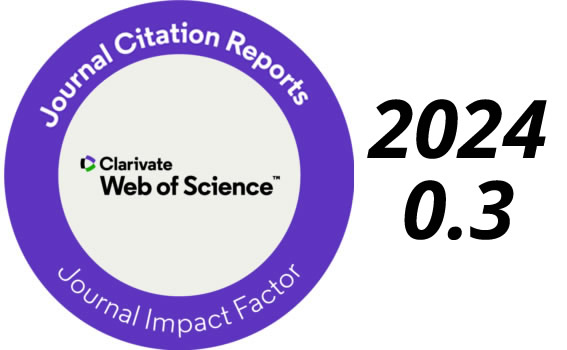Forecast of meteorological droughts with neural networks in Sonora watershed, Mexico
DOI:
https://doi.org/10.24850/j-tyca-2022-03-06Keywords:
SPI, SPEI, multilayer perceptron (MLP), cross-validation, resilient propagation (RPROP)Abstract
Droughts are hydrometeorological hazards that are characterized by an abnormal and persistent humidity deficit. In the last years, this hazard has been present more frequently and with more severity levels, producing negative impacts on the ecosystem, agriculture, livestock, and society. Therefore, its monitoring and forecast, must be part of integral planning, preparation, and mitigation of its adverse effects at local, regional, and national levels. In Mexico, most of the drought studies are focused on characterization and analysis. Thus, in this research, we evaluated the application of artificial neural networks (ANN) to forecast the meteorological droughts in the medium and high parts of the Sonora River watershed. SPI and SPEI index were used, on scales of 3, 6, 12, and, 24 months, for the 1974 to 2013 period of years. Forecast results showed that ANN has a satisfactory level of prediction, with an average determination coefficient (R2) in the validation phase, of 0.76. It was observed that the statistical efficiency of SPEI was better than that of SPI, and that this efficiency increased with the longer temporal scale; maybe because in a short term, climate variability is greater.
Downloads
Published
How to Cite
Issue
Section
License
Copyright (c) 2022 Tecnología y ciencias del agua

This work is licensed under a Creative Commons Attribution-NonCommercial-ShareAlike 4.0 International License.
By Instituto Mexicano de Tecnología del Agua is distributed under a Creative Commons Attribution-NonCommercial-ShareAlike 4.0 International License. Based on a work at https://www.revistatyca.org.mx/. Permissions beyond what is covered by this license can be found in Editorial Policy.









